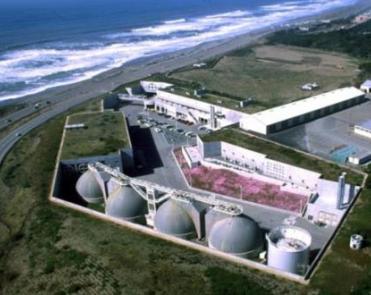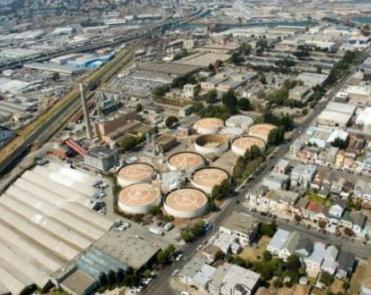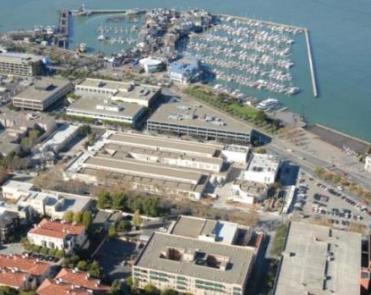Treating the Liquid Flows
Where you live determines which treatment plant your wastewater is cleaned. (Where does my sewage get treated?) There are two 24-hour treatment plants that operate 365 days a year. We also have a third facility called a wet-weather facility that only operates during rain events. Wastewater treatment is separated into liquid and solids processing components.
2 Treatment Plants and 1 Wet-Weather Facility
Treating the Liquid Stream
For the most part, the treatment processes at each plant are very similar. We separate liquids from solids and treat each one separately. Here is a brief and simplified version of the liquid treatment process.
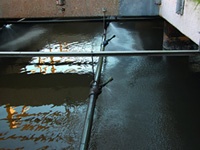
Screening and Primary Treatment
Step One: Screening and Primary Treatment
A screen is used to remove large objects when wastewater first arrives at the plant. Then the wastewater is put into large settling tanks where heavier solids settle at the bottom, and floatables like oil and grease are scraped off the top.
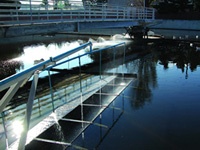
Step Two: Secondary Treatment
Secondary treatment uses pure oxygen to excite microorganisms in the wastewater stream. The microorganisms multiply and more rapidly consume organic material helping purify the wastewater. Afterwards, the wastewater is put into a second round of settling tanks where the microorganisms are separated from the purified water.
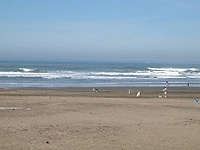
Step Three: Disinfection and Discharge
Treated wastewater, now called effluent, at the Southeast Plant is disinfected before being discharged 800 feet into the San Francisco Bay. Effluent at the Oceanside Plant is discharged 4.5 miles into the Pacific Ocean, where the high salt concentration and cold temperatures help to kill any remaining bacteria. Effluent at North Point Facility is also disinfected before being discharged 800 feet in the San Francisco Bay.
Next step: Treating the Solids


